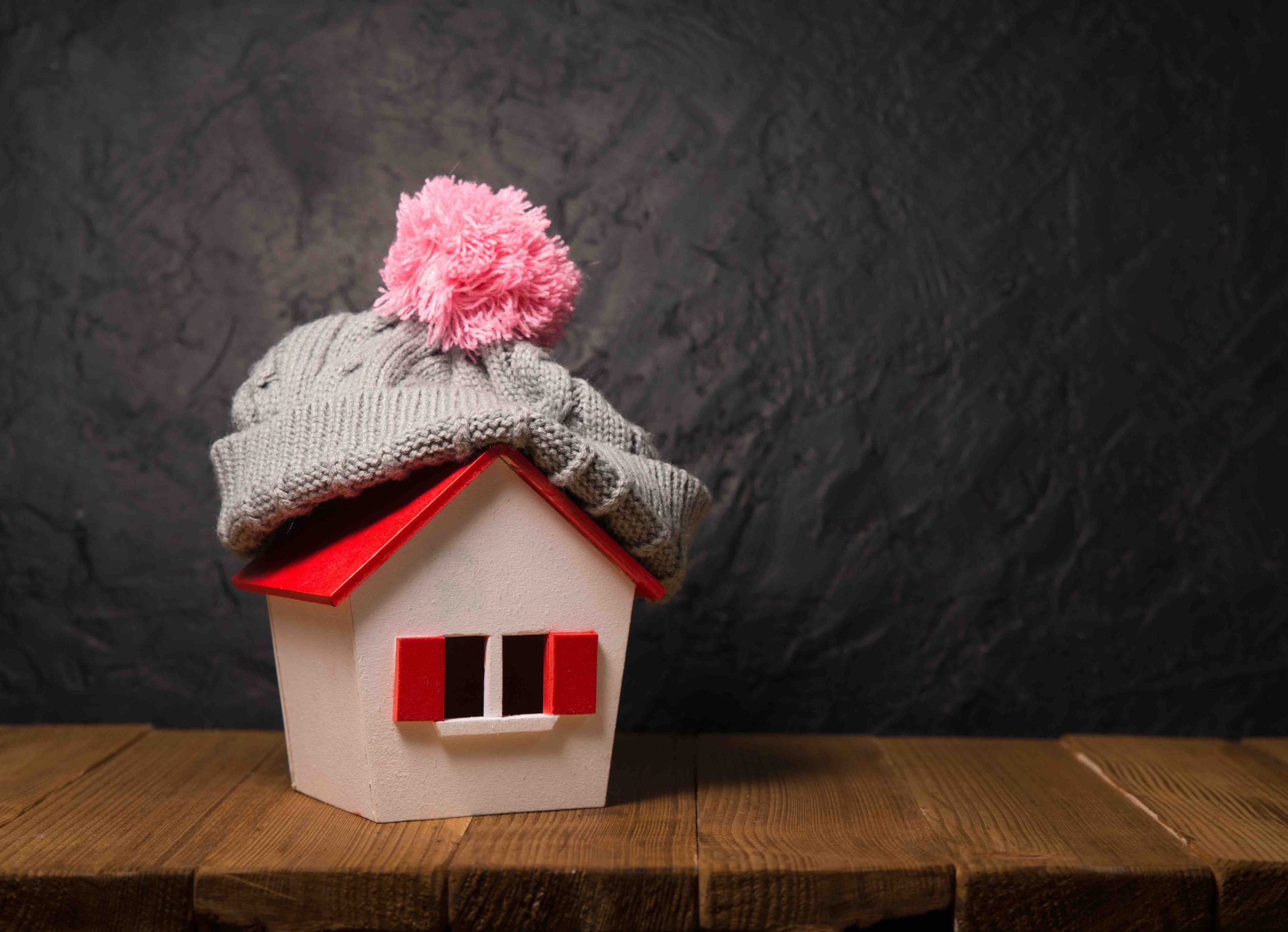
Why do I need insulation?
Many people think that their windows are the most likely culprit for ongoing heat loss. While this can certainly be true, especially in a house with really old windows, the real culprit is usually the insulation in your walls. Over time this insulation can settle, deteriorate, or even become damaged. This results in cold spots on your walls, indoor drafts, temperature variations, and ultimately – increased energy costs.
Insulation to the rescue
Insulation is a material that is placed in certain areas around your home to help keep it warmer in the winter and cooler in the summer. Typically, it is installed in your attic, walls, and possibly your basement. There are a variety of different kinds of insulation but they share one thing in common: providing a barrier between warm areas and cold areas.
The different varieties of insulation
Different forms of insulation exist with their own advantages and specializations. These are the popular ones which you’ll find in homes:
Fiberglass insulation
If you are in a new house, chances are you have fiberglass insulation in your attic and in your walls. This is the pink stuff that you have probably seen in home stores all bundled up in big rolls. Older homes may have other insulation such as vermiculite which can settle over time (and can pose a whole different issue but you can read more about that here).
Blown insulation
Another type of insulation that is quite common is loose or blown in insulation. This is the fluffy cellulose stuff that you can find in attics and walls that have been upgraded at some point. It gets blown into attics and walls fairly easily and helps give the space a nice blanket of insulation to help maintain your home’s temperature year-round.
Spray insulation
Spray foam insulation rounds out the top three on our list of insulation types. This is an expanding foam that can be sprayed on almost any surface where it will adhere and expand into cracks and crevices helping to block out drafts and hold in the warmer air. Under-insulated houses can operate a little like a chimney, where cold air finds a way in down in the basement, warms up in the house, and rises up through to the attic where it escapes. This action is called the stack effect, and when spray foam is used correctly, the spray foam insulation stops the air infiltration at the bottom of a house and the resulting leakage at the top of a house.
Measuring an insulation’s performance
The effectiveness of your insulation is determined by what is referred to as an “R-Value”. The higher the R-Value, the better it is as stopping energy leaking out of your home. Think of it as the difference between a big puffy down coat or a light sweater. It all comes down to what is in use, how it is used, and what other layers may already be there.
Need to upgrade your insulation?
Neeeco can assess the energy efficiency of your home at no-cost to you. After identifying which areas of your home may be in need of more insulation, we’ll determine if you’re eligible for the Mass Save® program which offers up to 75% for homeowners and even as much as 100% for some multi-family homes.
So what are you waiting for? Get in touch with Neeeco today so you and your family can rest easy tomorrow.
Call (781) 514-5882 or contact us to get started with a no-cost Mass Save® home energy assessment.
